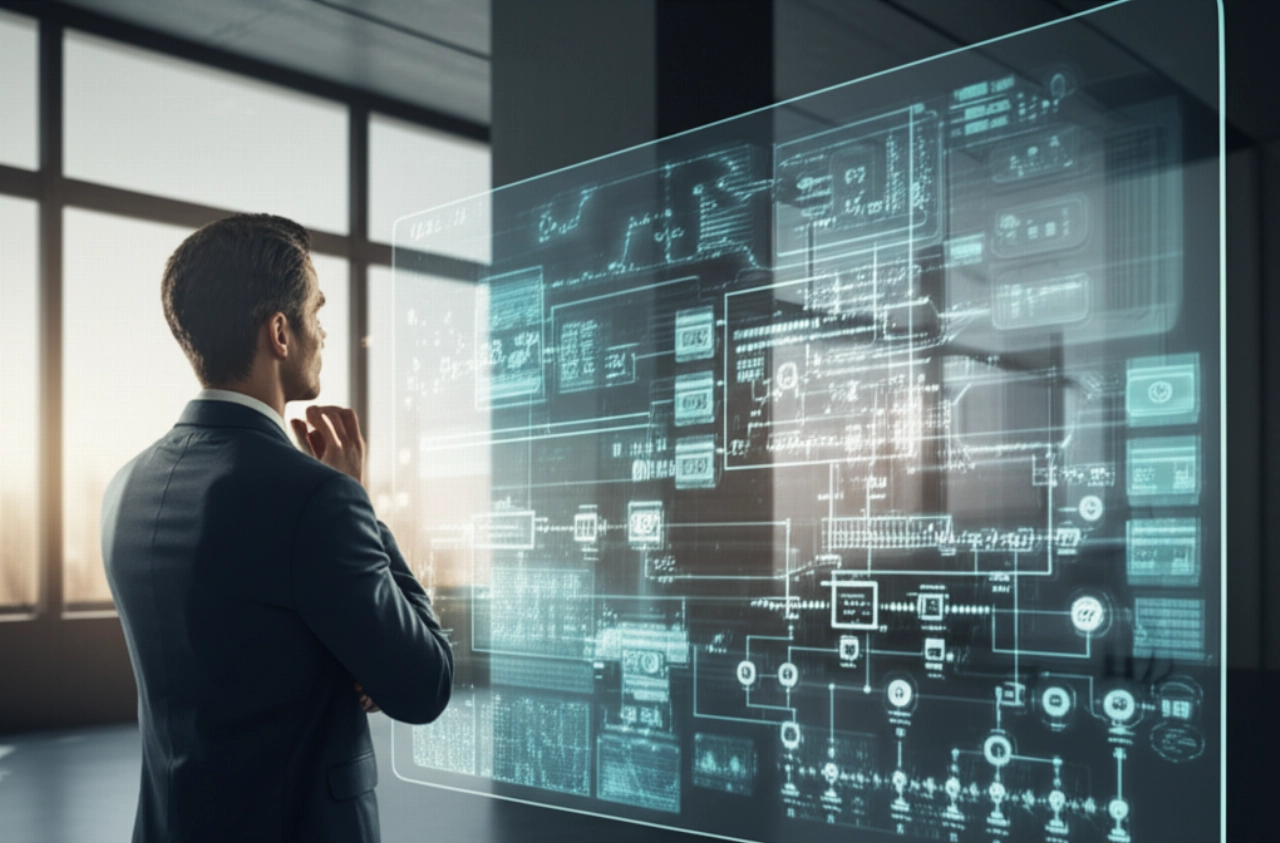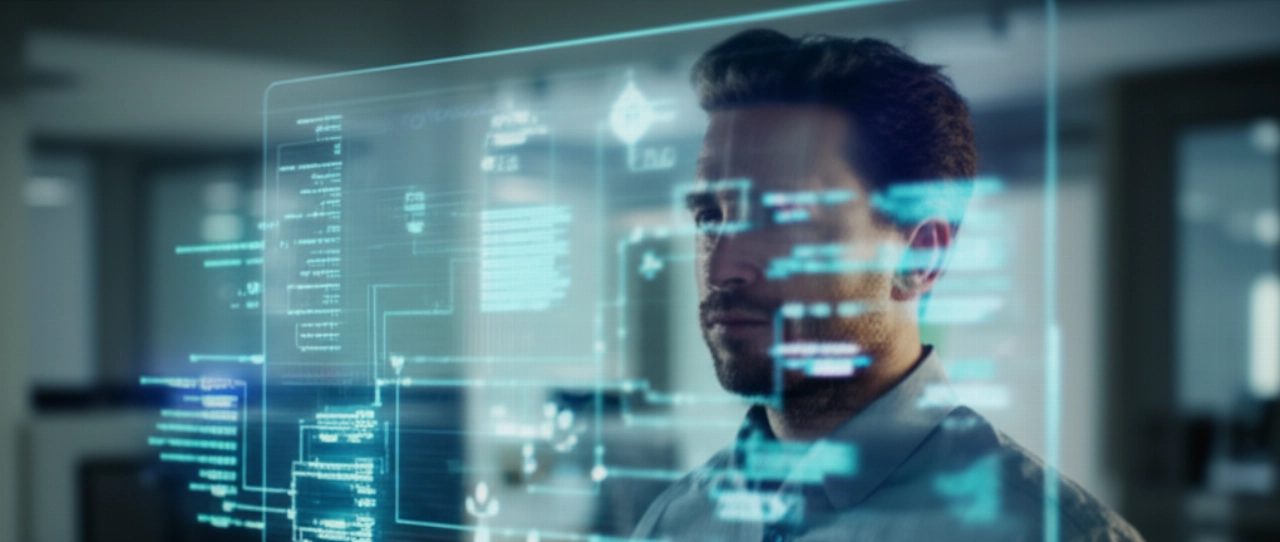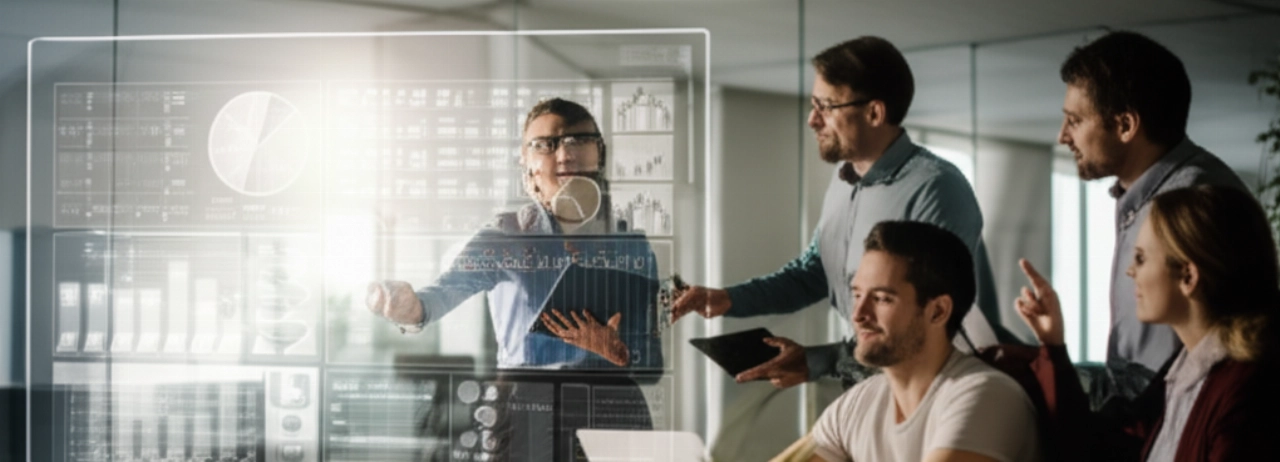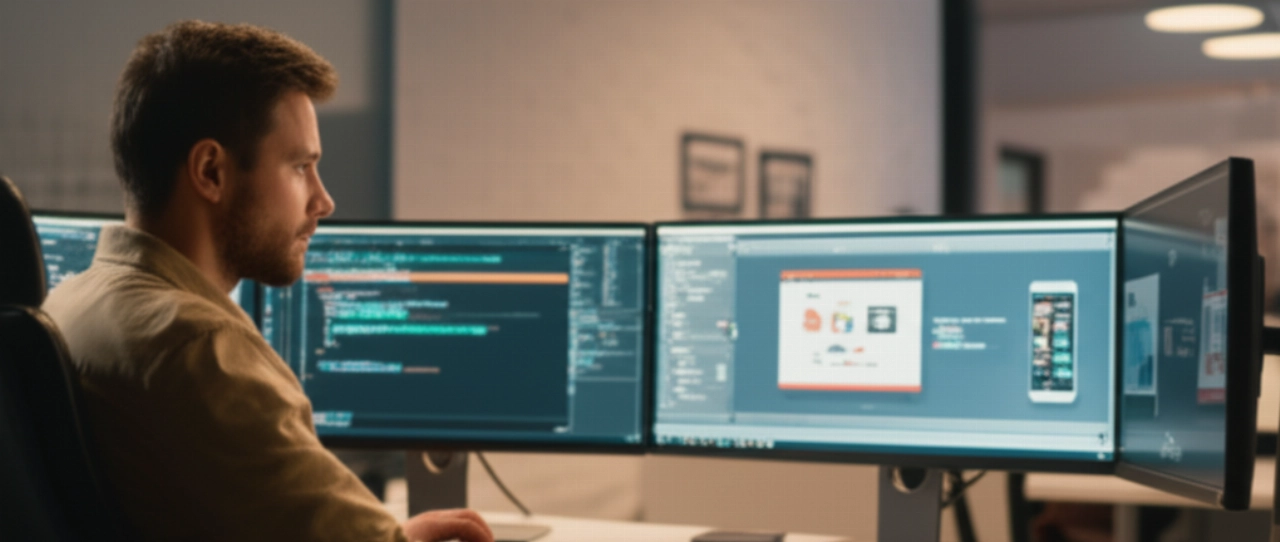Is your current e-commerce platform holding you hostage? Are you constantly battling the scalability ceiling, wrestling with integration hell, or dreading the next multi-million dollar replatforming project that promises agility but delivers only more rigidity?
For CTOs, E-commerce VPs, and CEOs navigating the treacherous waters of enterprise digital commerce, the promise of a truly flexible, future-proof solution often feels like a mirage. You need to innovate faster, deliver personalized experiences, and integrate seamlessly with your complex ecosystem of ERP, PIM, CRM, and WMS systems. Yet, traditional monolithic platforms, even those marketed as "enterprise-ready," often become the very bottleneck they were meant to solve.
This is where the strategic power of a headless commerce CMS emerges. It’s not just a technical buzzword; it’s the architectural shift that liberates your business from the constraints of the past, allowing you to build a commerce engine that truly adapts, innovates, and scales at the speed of market demand. This guide will cut through the noise, providing you with the clarity and strategic insights needed to transform your digital commerce operations from a cost center into a competitive advantage.

Beyond the Monolith: Why Headless Commerce CMS is Your Strategic Imperative
In today's hyper-competitive B2B and enterprise landscape, your digital storefront is no longer just a sales channel; it’s a dynamic extension of your brand, your customer service, and your operational efficiency. Relying on a tightly coupled, monolithic platform means every innovation, every new customer touchpoint, and every integration becomes a costly, time-consuming ordeal. This is the "one-size-fits-all" trap that strangles enterprise growth.
A headless commerce CMS fundamentally redefines this relationship. By decoupling the frontend (the customer-facing experience) from the backend (the commerce logic, product data, and order management), it empowers you to:
- Achieve Unprecedented Agility: Deploy new features, marketing campaigns, and customer experiences across any channel (web, mobile, IoT, voice) without disrupting your core commerce operations.
- Future-Proof Your Investment: Embrace a composable commerce approach built on MACH architecture (Microservices, API-first, Cloud-native, Headless). This means you can swap out components as technology evolves, avoiding costly, disruptive replatforming every few years.
- Optimize Performance: Deliver lightning-fast load times and seamless user experiences, directly impacting your conversion rate optimization (CRO) and mitigating the dreaded performance bottleneck.
- Unlock Integration Freedom: Leverage powerful APIs to seamlessly connect with your existing ERP, PIM, CRM, and WMS systems, eliminating manual data entry and ensuring a single source of truth across your enterprise.
This isn't just about technology; it's about building a competitive moat. It's about engineering a commerce engine that your competitors cannot replicate with off-the-shelf solutions.

The Blueprint for Agility: Key Considerations for Your Headless CMS Strategy
Embracing a headless architecture requires a strategic blueprint, not just a technical implementation. To truly unlock the promise of a headless commerce CMS, consider these critical pillars:
- API-First Everything: Your entire commerce ecosystem must be designed with an API-first mindset. This ensures seamless communication between your headless CMS, e-commerce platform, and other business-critical systems like PIM integration for rich product data, and CRM for personalized customer journeys.
- Frontend Flexibility: Choose a frontend framework (e.g., React, Vue, Next.js) that aligns with your development capabilities and performance goals. This is where your brand's unique customer experience comes to life, unconstrained by backend limitations.
- Data Orchestration & Governance: A headless setup amplifies the need for robust data management. How will your product information (PIM), customer data (CRM), and order details (ERP/WMS) flow seamlessly? A well-defined data strategy prevents integration hell and ensures data integrity.
- Scalability & Cloud-Native Infrastructure: Ensure your chosen headless components and infrastructure are inherently scalable and cloud-native. This is crucial for handling peak traffic, expanding product catalogs, and supporting global operations without hitting a scalability ceiling.
- Security & Compliance: With a distributed architecture, security becomes paramount. Implement robust security protocols across all API endpoints and ensure compliance with industry regulations relevant to your business.
A successful headless implementation isn't about piecing together disparate tools; it's about architecting a cohesive, high-performing ecosystem that serves your specific business needs and future growth ambitions.

Avoiding the 'Frankenstein' Trap: Common Pitfalls in Headless Implementations
While the benefits of a headless commerce CMS are profound, the path to implementation is fraught with potential missteps. Many enterprises fall into the "Frankenstein" trap – a collection of poorly integrated, disparate systems that create more problems than they solve. This often stems from:
- Underestimating Complexity: Headless isn't a plug-and-play solution. It requires deep architectural expertise, a clear understanding of your business processes, and a meticulous integration strategy. Rushing into it without proper planning can lead to a failed migration and significant operational disruption.
- Ignoring Internal Capabilities: Do you have the in-house development talent to manage a composable architecture? Often, companies underestimate the ongoing maintenance and development required, leading to a higher Total Cost of Ownership (TCO) than anticipated.
- Vendor Lock-in (in Disguise): While headless promises freedom, choosing a vendor that forces proprietary APIs or limits integration options can subtly reintroduce lock-in. True headless empowers choice, not constraint.
- Focusing Only on Frontend: Some projects mistakenly believe headless is just about a new website design. Neglecting the backend integrations, data flow, and operational impact is a recipe for integration hell.
The terror of a platform migration going wrong, resulting in lost SEO rankings, data corruption, and catastrophic downtime, is a very real concern. A strategic partner doesn't just build; they de-risk, plan meticulously, and ensure continuity.
Case Study: From Legacy Chains to Composable Freedom – A B2B Manufacturer's Journey
A prominent B2B industrial manufacturer, generating over €75M annually, faced a critical juncture. Their legacy Magento 1 platform was a constant source of frustration: slow performance, impossible integrations with their SAP ERP, and a rigid frontend that stifled their marketing team's ability to launch new product lines quickly. The scalability ceiling was imminent, and the prospect of a failed migration loomed large.
Commerce-K partnered with them to architect a comprehensive headless commerce CMS solution. We leveraged a best-of-breed approach, combining a powerful headless CMS for content, a robust commerce engine (Magento Open Source), and a custom API layer for seamless integration with SAP, Salesforce CRM, and their PIM system. The frontend was rebuilt using Next.js for unparalleled speed and flexibility.
The results were transformative:
- Performance Boost: Page load times decreased by an average of 60%, directly impacting user experience and SEO rankings.
- Integration Mastery: Automated data synchronization between ERP, PIM, and CRM eliminated manual processes, reducing operational costs by 25%.
- Agility Unleashed: New product launches and promotional campaigns could be deployed in days, not weeks, giving them a significant competitive edge.
- Reduced TCO: While the initial investment was strategic, the long-term flexibility and reduced maintenance overhead led to a projected 30% reduction in Total Cost of Ownership over five years.
This wasn't just a technical upgrade; it was a strategic re-platforming that unlocked new revenue streams and positioned them for sustained growth.
Commerce-K: Your Partner in Composable Commerce Transformation
At Commerce-K, we understand that investing in a headless commerce CMS is more than a technology decision; it's a strategic commitment to your future. We don't just implement platforms; we engineer custom commerce ecosystems designed to meet your unique B2B workflows, complex pricing models, and intricate integration requirements. We are the antithesis of the "one-size-fits-all" trap.
Our approach is rooted in deep enterprise experience, ensuring that every project addresses your core pain points: from overcoming the scalability ceiling and navigating integration hell, to mitigating the fear of a failed migration and eliminating the performance bottleneck. We act as your trusted advisors, guiding you through the complexities of composable commerce and MACH architecture to deliver measurable ROI.
We believe in building long-term partnerships, providing not just the initial implementation but ongoing strategic guidance and optimization to ensure your digital commerce engine continues to drive growth and competitive advantage.
Frequently Asked Questions about Headless Commerce CMS
What is the typical ROI for a headless commerce CMS implementation?
While ROI varies, our clients typically see significant returns through improved operational efficiency (reduced manual work from better integrations), enhanced customer experience leading to higher conversion rates, faster time-to-market for new features, and a lower Total Cost of Ownership (TCO) over the long term due to increased flexibility and reduced need for frequent replatforming. We help you map out a clear ROI projection based on your specific business case.
How complex are integrations with existing ERP, PIM, and CRM systems in a headless setup?
Integration complexity is a primary concern for many enterprises. A headless architecture, by its very nature, is designed for robust API-first integrations. While it requires careful planning and expert execution, it ultimately simplifies data flow and reduces the "integration hell" often experienced with monolithic systems. Our team specializes in architecting seamless connections with even the most complex legacy systems, ensuring data integrity and operational efficiency.
Will a headless migration negatively impact our SEO?
The fear of a failed migration and its impact on SEO is legitimate. However, when executed correctly, a headless migration can significantly improve SEO. By decoupling the frontend, you gain greater control over site performance (speed is a ranking factor), content delivery, and technical SEO elements. Our migration strategies include comprehensive SEO audits, 301 redirects, and content mapping to ensure continuity and often, improvement in search rankings post-launch.
Do we need a large internal development team to manage a headless commerce CMS?
While a headless architecture offers immense flexibility, it does require a different skillset than managing a monolithic platform. You don't necessarily need a "large" team, but rather a team with expertise in modern frontend frameworks, API management, and cloud infrastructure. Many enterprises choose to partner with specialists like Commerce-K to augment their internal capabilities, ensuring they have access to the necessary expertise without the overhead of building a large in-house team.
Conclusion: Your Path to Unconstrained Digital Commerce
You've navigated the complexities of why a headless commerce CMS isn't just a trend, but a fundamental shift towards a more agile, scalable, and profitable digital future. We've explored how it dissolves the scalability ceiling, eliminates integration hell, and liberates you from the "one-size-fits-all" trap that stifles innovation. The path to a future-proof commerce engine is clear, but the journey requires a partner who understands the nuances of enterprise-level transformation.
Perhaps you're thinking: "This sounds like a massive undertaking," or "Is this overkill for our current needs?" The truth is, the cost of inaction – the continued drain of technical debt, lost opportunities due to slow innovation, and the eventual necessity of a disruptive replatforming – far outweighs the strategic investment in a composable architecture. This isn't about being cutting-edge for its own sake; it's about building a sustainable, adaptable foundation for your business's long-term success.
Stop navigating technical debt. Your business deserves a clear digital commerce roadmap that delivers measurable results. The first step isn't a quote; it's a no-obligation Scoping & Strategy Session with our senior architects. We'll help you map your potential and de-risk your investment. Click here, tell us about your project, and discover the opportunities you're currently missing. Start building your future-proof commerce engine today.
Now that you understand the benefits of headless, discover how we execute a seamless ecommerce migration service or explore the power of composable commerce strategy for your enterprise.





